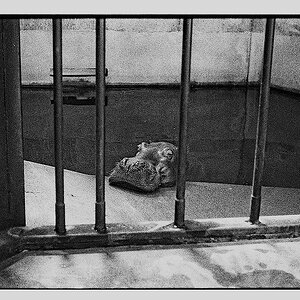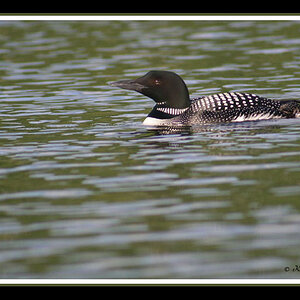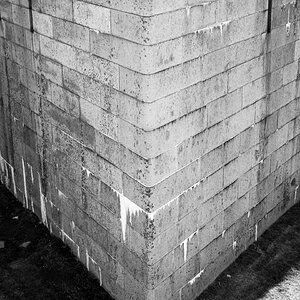I
Iron Flatline
Guest
Hi all.
I've been considering doing some ND photography. It works well with architecture (a favorite subject) as the long exposures allow me to get a good image of a building as people move through without leaving much of an impression.
Can I get some guidance on NDs from anyone here who already has some experience? How dense? How do I gauge density vs. what I'm trying to accomplish. I assume this will be more than just a couple of f-stops. Is there a particular brand that has struck any of you as particularly avoidable or recommendable?
I've been considering doing some ND photography. It works well with architecture (a favorite subject) as the long exposures allow me to get a good image of a building as people move through without leaving much of an impression.
Can I get some guidance on NDs from anyone here who already has some experience? How dense? How do I gauge density vs. what I'm trying to accomplish. I assume this will be more than just a couple of f-stops. Is there a particular brand that has struck any of you as particularly avoidable or recommendable?



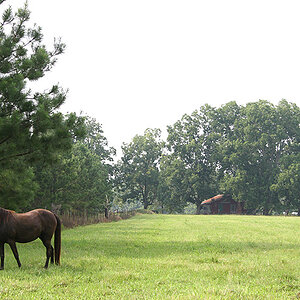

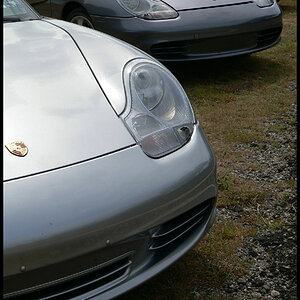
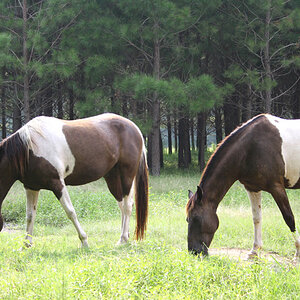
![[No title]](/data/xfmg/thumbnail/34/34063-09779b4ba56a0acb2b0fa36cf8720dfb.jpg?1619736260)


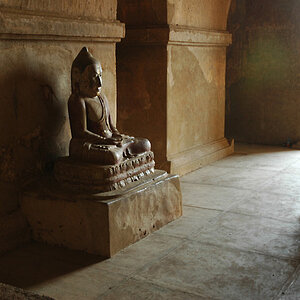
![[No title]](/data/xfmg/thumbnail/34/34061-e097813b3719866d07ff3e78e8119ffa.jpg?1619736258)
